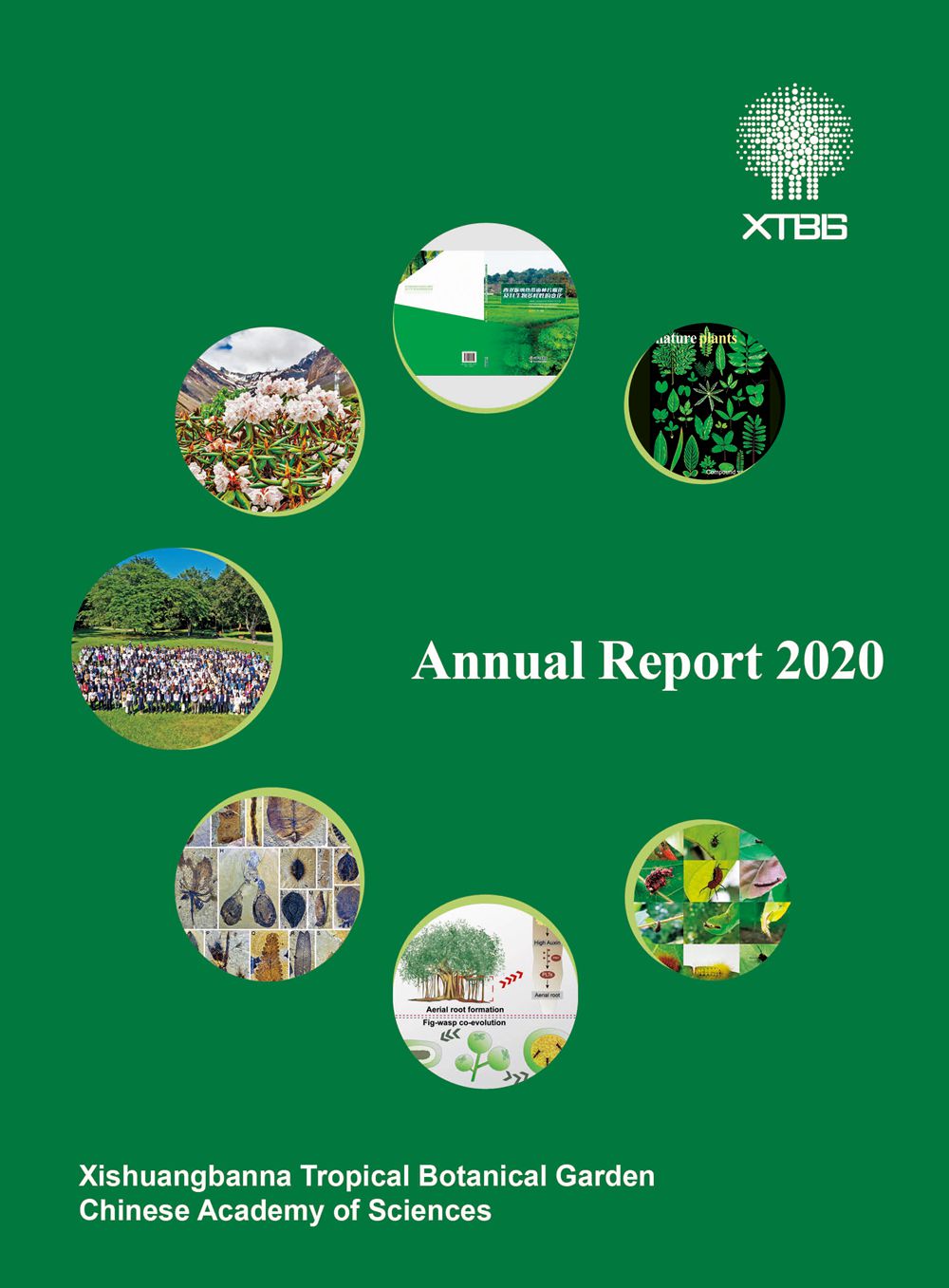The year 2020 has witnessed much progress of Xishuangbanna Tropical Botanical Garden (XTBG). It has published important research results in such top journals as Science and Cell, and other scientific journals as Nature Plants, PNAS, Nature Communications, New Phytologist, Journal of Ecology, Ecological Monographs, etc. It has also made breakthrough in technology transfer, especially the milestone breakthrough in research and development of new medicine of diabetes aid sugar management.
In 2020, XTBG received 171 million Yuan in research funds for 156 new projects, got 375 research articles published in internationally peer-reviewed scientific journals, 3 monographs published, and 6 patents authorized, etc.
In a study published in top journal Science, XTBG researchers showed that the alpine flora of the Hengduan Mountains has continuously existed far longer than any other alpine flora on Earth. They also illustrated how modern biotas have been shaped by past geological and climatic events. The study sheds light on the conditions under which people get rich versus poor biodiversity.
XTBG also got its joint research results published in Cell for the first time. In the study, XTBG researchers and their collaborators provided insights into the fig-wasp coevolution through comparative analyses of two Ficus genomes with and without aerial roots, monecious and dioecious, as well as the genome of a coevolving wasp pollinator. It enhances the understanding of the species-specific mutualism between figs and fig wasps.
In a study published in PNAS, newly discovered fossils prove “Shangri-La”-like ecosystem in central Tibet. The researchers determined that subtropical forests once existed on the high-altitude Qinghai-Tibet Plateau about 47 million years ago.
In 2020, XTBG made progress in breeding and utilization of upland rice varieties. Researchers carried out cultivation technology research and demonstration based on new upland rice varieties and sought solutions for food security in mountainous and arid areas in Yunnan.
In 2020, around 340 mu of Ochroma (balsa) planting demonstrations were established in XTBG, and an additional 60 mu in Mengpeng Town. Approximately 2,000 mu of Ochroma lagopus was planted within the scope of Mengla County.
The Southeast Asia Biodiversity Research Institute (SEABRI) and Chinese Union of Botanical Gardens (CUBG) also witnessed rapid development and contributed a lot.
XTBG has also developed well in academic atmosphere, partnership, talent training, graduate education, science communication, landscaping, and species conservation, etc. For more information, please refer to our Annual Report 2020.

Annual Report 2020

